This is one of those "just in time" articles, luckily with a good beer and a fine piece of belgian soft cheese. Kanpai!
The Polarized Colors models come in 4 color schemes: in black/gold, white/green, in fuchsia purple and in this yellow/blue scheme. The reason I think Polarized Colors do more apply to these models is that the black and the white model do not have a strange color combination. The purple and the yellow version are very colorful. Actually the purple model is called “glossy pink” by Casio, but I would rather describe it as Fuchsia purple.The name for this series is derived from the inner face plate, that lies (partly) over the display, giving the DW-6900 models their typical “Three Eyed Devil” look. This face plate has a metallic finish with a very fine vertical line pattern. It is probably laser etched.
So what is polarization. Light, as we know it, can be seen as electromagnetic waves. Normally the orientation of these waves are random, but with a special grid filter, you can get light that has only waves in a specific orientation.
Above: my pond, without a polarization filter. Below: the same pond with a polarization filter
In daily life polarization is best known for the more expensive sunglasses with polarizing filters. Reflections of sunlight occur mostly on horizontal surfaces. Therefore reflections like on a wet road, on metal or on water have mostly a horizontal orientation. A polarization filter with a vertical grid can almost completely suppress these annoying reflections.
Two polarized Colors models with a Geometric model in the middle.
Another application of polarizing filters in in the 3D glasses in the cinema. The 3D movie is projected with two opposite directions orientated polarized light. Now the glasses have a 90º rotated orientation, so you only can see one projection per eye, and each eye sees another projection.
Also the LCD of a digital watch uses a polarization filter. Liquid crystal is a special substance, often cholesterol derivates, which has both crystal as liquid properties. By applying an electric current on a liquid crystal, the crystal will form a line pattern in molecular scale. It will only allow to pass light in one polarized direction. If the current is applied under 90º, it will block all light in the same polarized direction. Microscopic fine electrodes are connected to an LCD screen, turning on and off the digits.
Polarization filters are also often used in photography. It helps reducing annoying reflections, but also brings more contrasts in clouds. It also can give a nice color to the blue sky. When you use a polarize filter to take photo’s of a digital watch, like most G-Shocks, it’s possible to completely black out a digital display. Luckily for people wearing sunglasses with polarized lenses, the orientation of an LCD display seems also vertical. This means you can always check your watch with your glasses on.
Let’s take a closer look to this nice yellow Polarized Colors version. The color used for the resin on this watch is not the regular “Positive Yellow”, but a lighter color, that is shifted also a little more to green. I guess this color is close to lemon yellow. It has a high glossy finish. On the inside of the strap you can see the base color. It is almost signal yellow. While the face plate is polarized blue. This is achieved by etching a vertical line grating. It acts like diffraction grating used on monochromators (in photo spectrometry). A similar effect is achieved by looking at the information side of a CD from a low angle. Sometimes it looks dark blue, almost black, sometimes it looks bright metallic blue. The main display is grass green. The background reflector seems dark green, which sometimes looks like a mirror. The eyes however are orange. The EL backlight of the main display looks quite nice in bright green. The eyes lit up a kind of amber.
As this watch is the kind of the basic model of the “Spring/Summer” G-Shock collection of this year, real special things, like prints or an special etched back. The watch is made in the Thailand Y factory, one of the factories where large number runs are produced.The polarized Colors models are equipped with the 3230 module, nowadays the most common module found on the popular 6900 line. Until a few years ago DW-6900 models were equipped with the 1289 module, which is practically the same, though the 3230 has an internal calendar programmed until December 31, 2099, instead of 2039. All other functions are the same.
As a lot of G-Shocks used for special editions are DW-6900, I think the regular reader will probably know what to find on this watch, so you might want to skip this paragraph, but iIf you are new into G-Shock, I think you find this interesting. Besides Timekeeping, you will find an Alarm-, Stopwatch- and a Countdown Timer function. These are apparently the most used functions on basic digital watches. The Alarm function has a memory for one Alarm. Most of the time you use this function for programming a Daily Alarm, but it is also possible to program a Date Alarm. The Alarm will only sound on the programmed time on that date (technically, this means once a year). If you leave one of the digits blank, you get a 1-Month Alarm or a Monthly Alarm. If you ever need such an Alarm, you can program it.
The Countdown Timer function can be programmed up to 24 hour. It is also possible to repeat the Countdown Timer by toggling the Auto Repeat function on. With the Stopwatch function you can time events up to 24 hours. I think this is pretty sufficient for most occasions. The first hour you can time with a 1/100th second accuracy, after an hour, you can time in seconds. A nice extra is that you can activate the “Backlight Function”. Actually, this function is normally called the “Flash” function. If it is activated a s small star like icon appears above the seconds and the watch flashes shortly when an Alarm sounds (it does not flash when the buttons tones sound or the Stopwatch is started or stopped).
I think the new Polarized Colors are great watches for the summer. A bit a pity the summer does still look far away (two weeks ago it even was freezing again in The Netherlands). Well, or the colder days, you can of course also choose for the black and gold version, which looks also pretty nice. Still I think the light yellow and the fuchsia purple models look best and that is why I have them both. These Spring/Summer models will probably be around for a few months. In Europe the retail price is €109. Mine comes from Ace Trends in Amsterdam, part of the Ace Jewelers group. With the increasing long delays and, in my view, out of proportion high fees at Dutch- and other European customs, it becomes more and more interesting to buy G-Shocks in my own country or in Europe. Luckily Casio released more and more special models in Europe, and specially, in The netherlands too. Also the release is often soon after or even simultaneously with the Japanese release. These Polarized Series popped up at Ace Trends, even before I knew it was released in Japan. Well, two days later, they were mine… If you like these bright colors, these watches will fit you well. These very bright colors might not be for everybody, but you always have the black/gold and the White/greenish model. I’ve got my watches, so now let the Springtime begin!!!

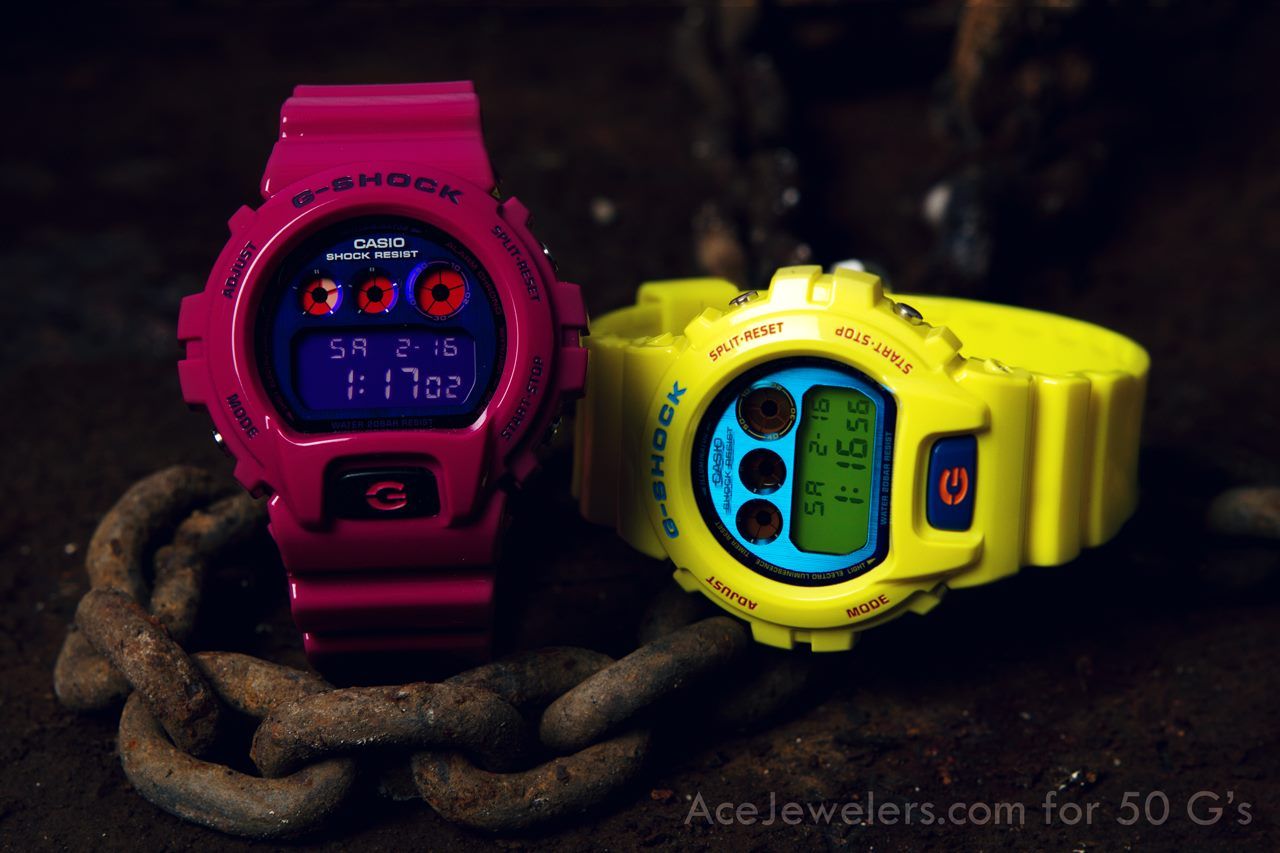


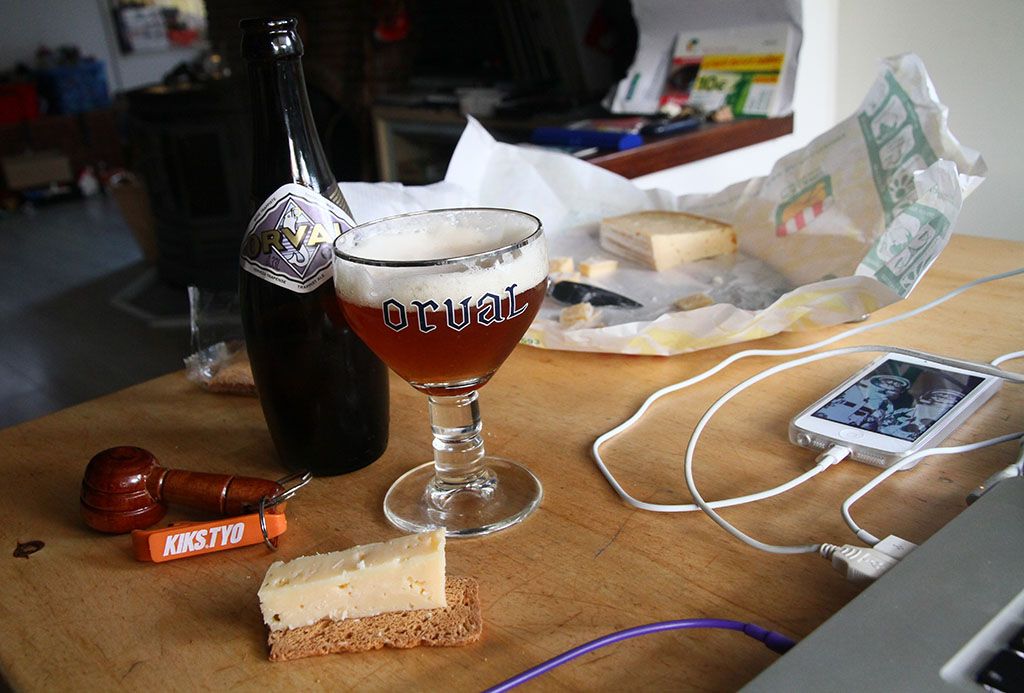
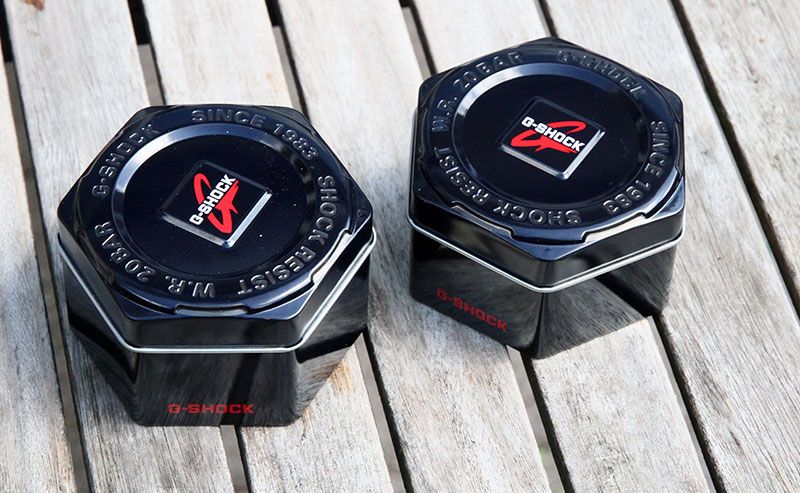
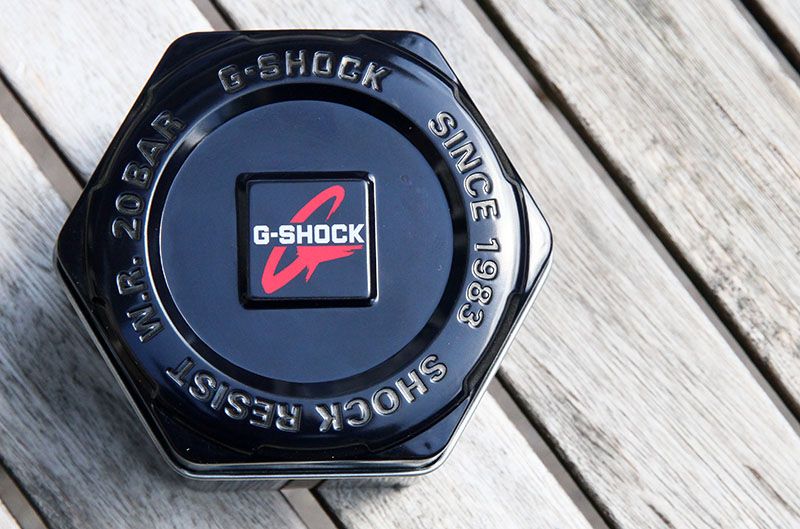

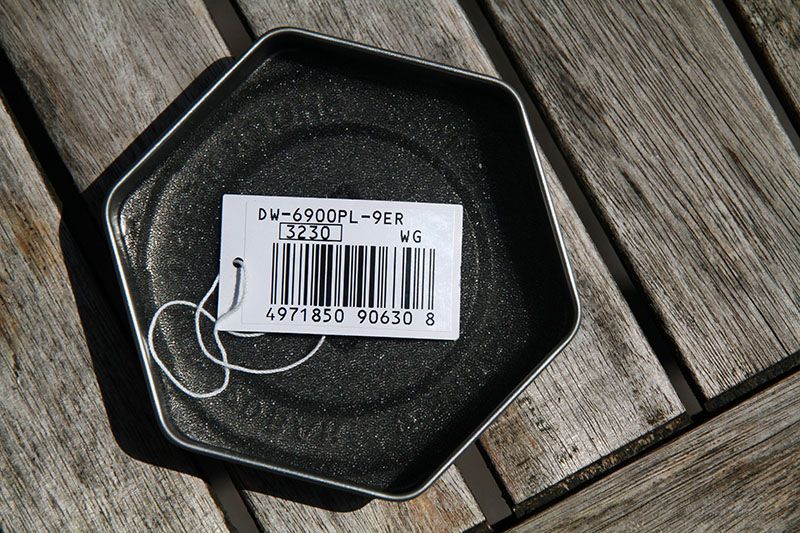



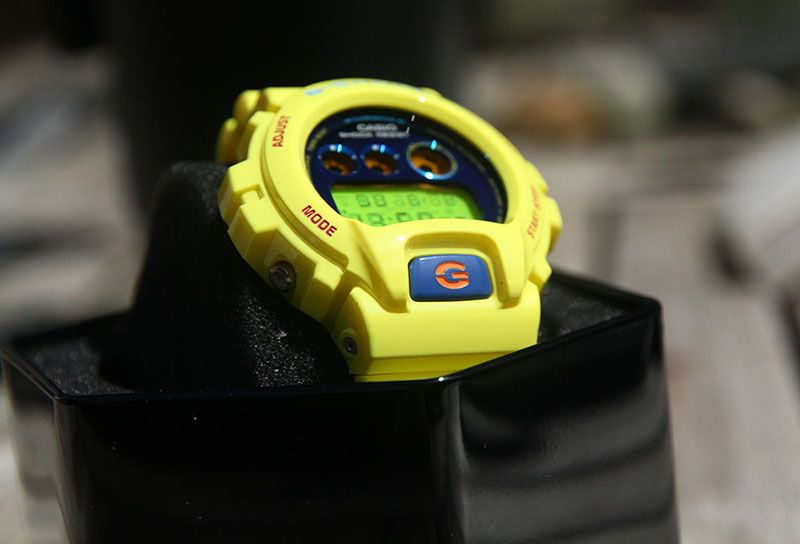
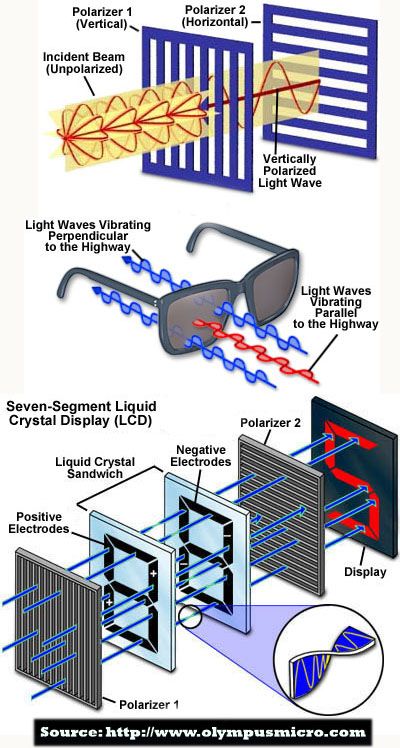
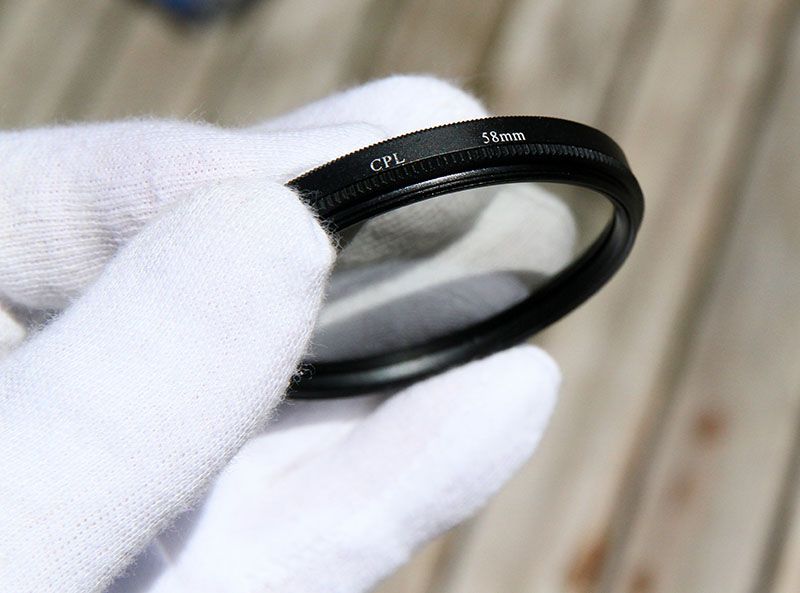

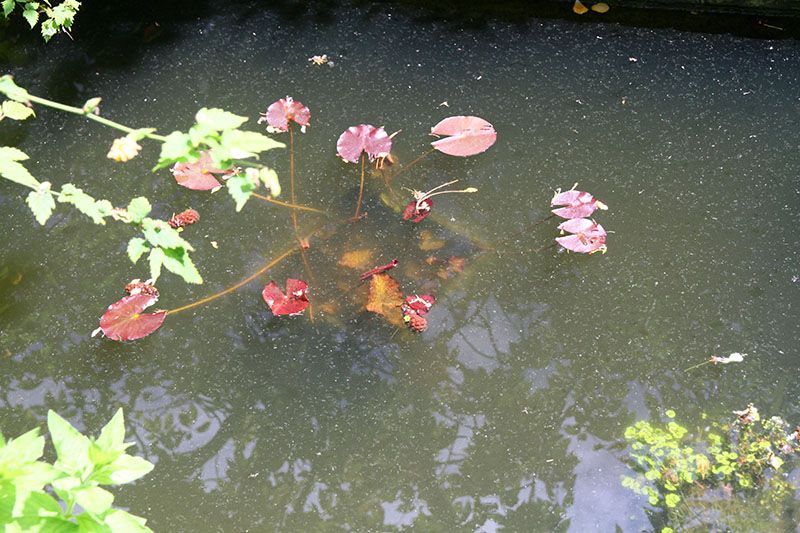
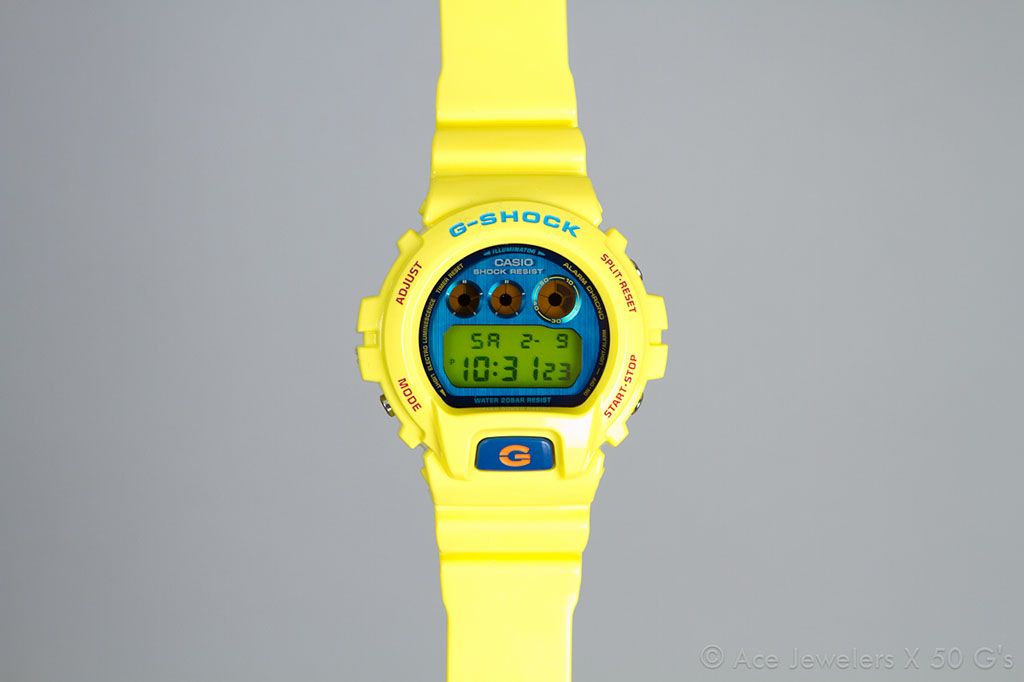
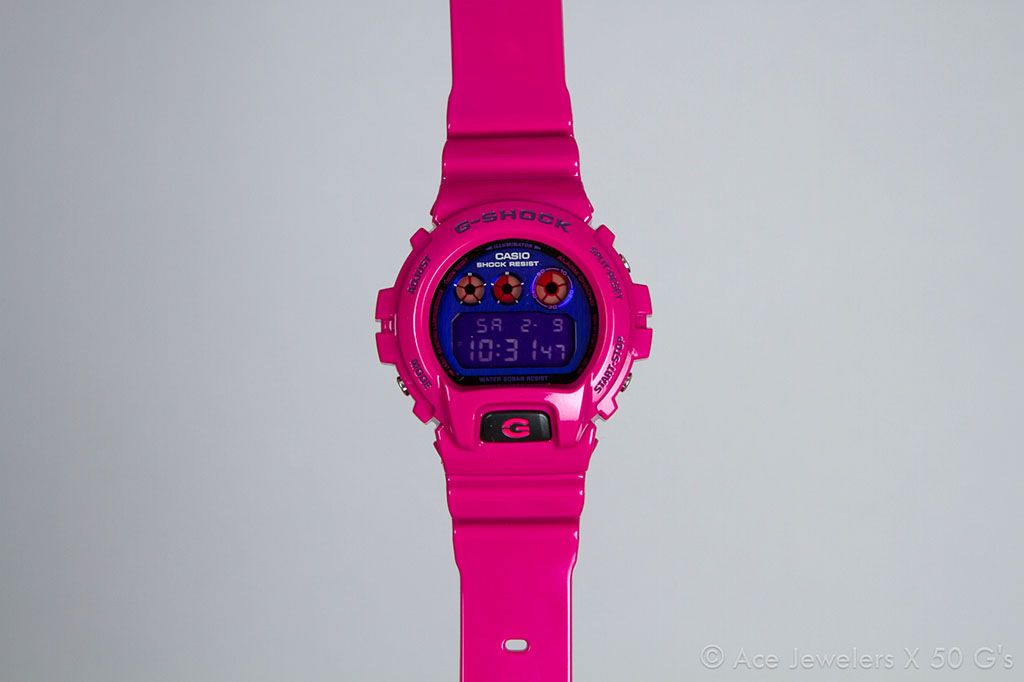

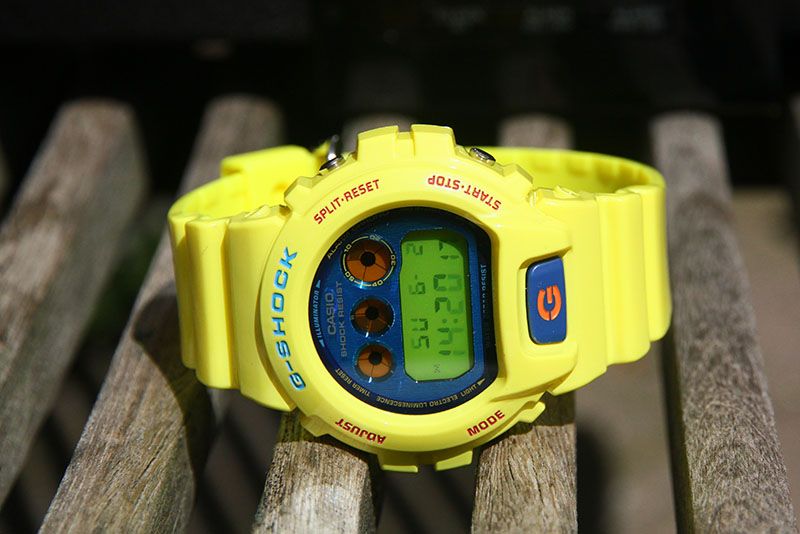
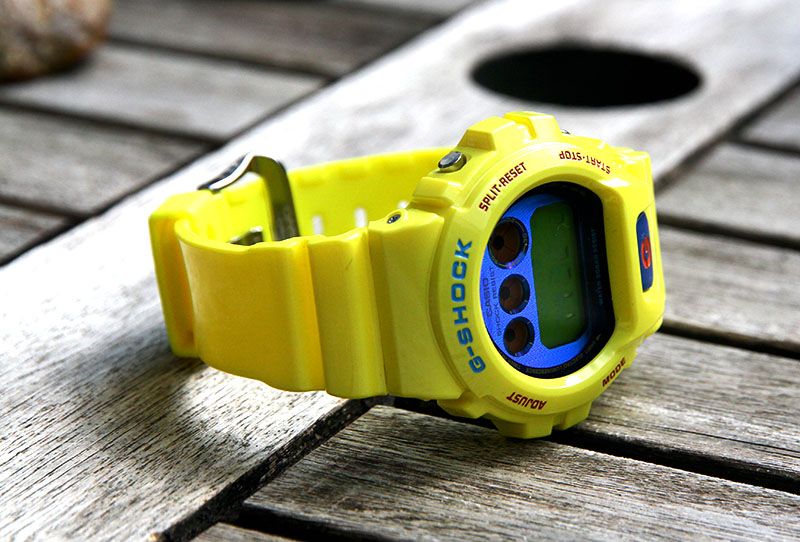
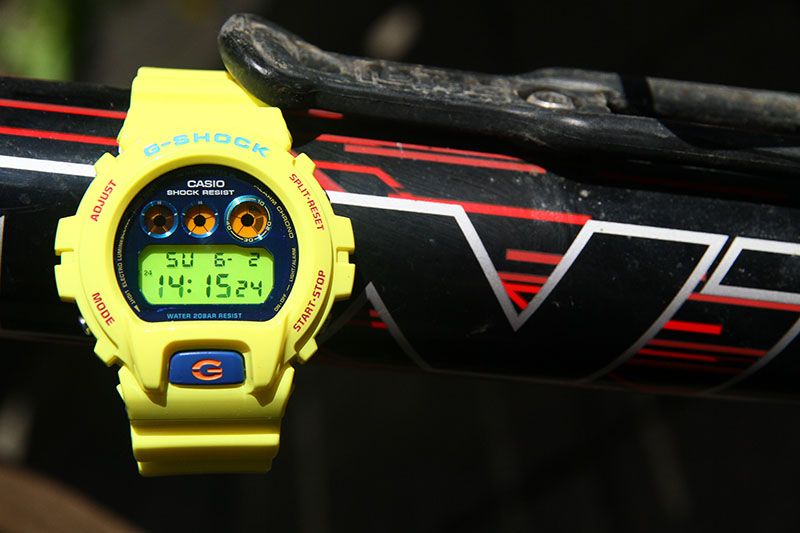

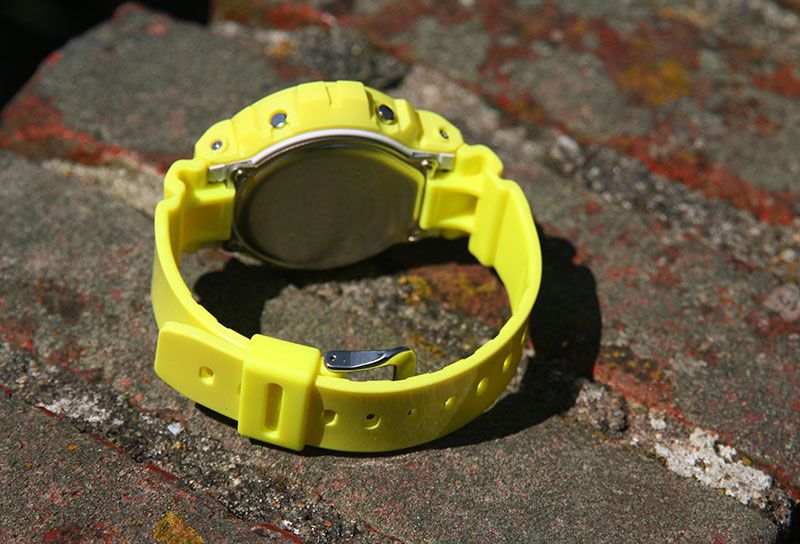
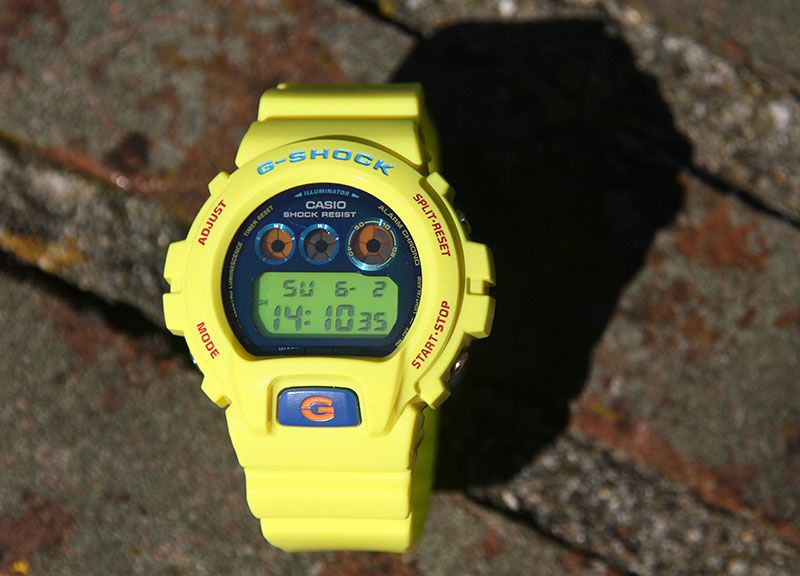
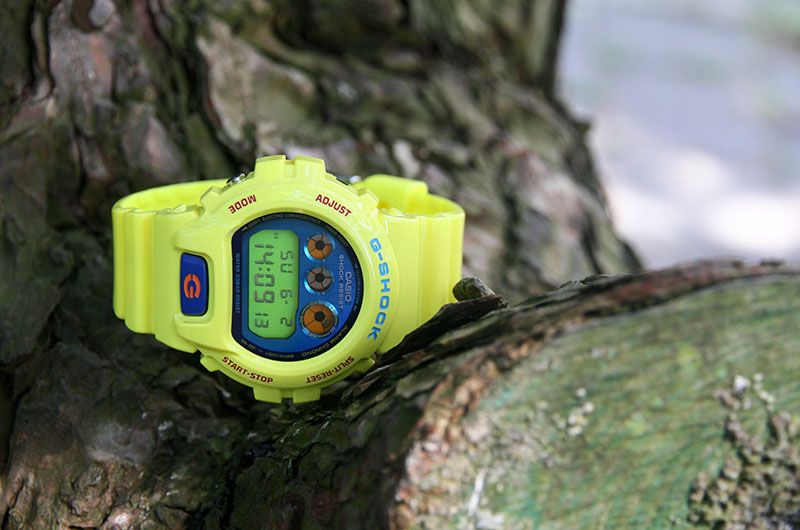
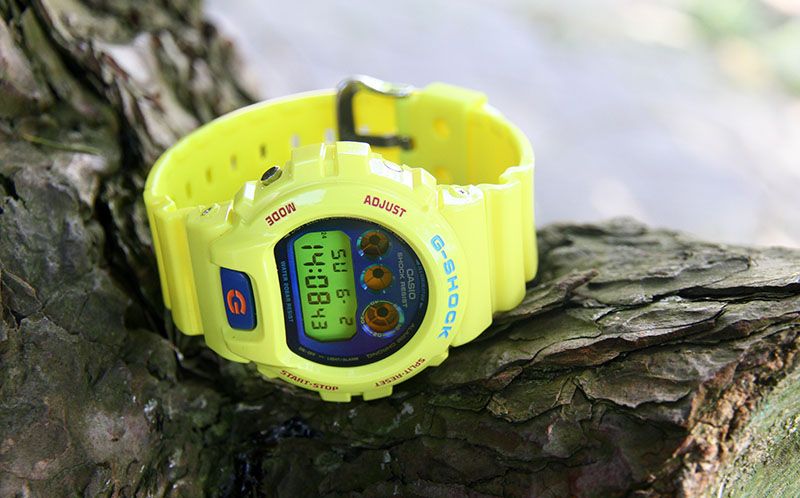
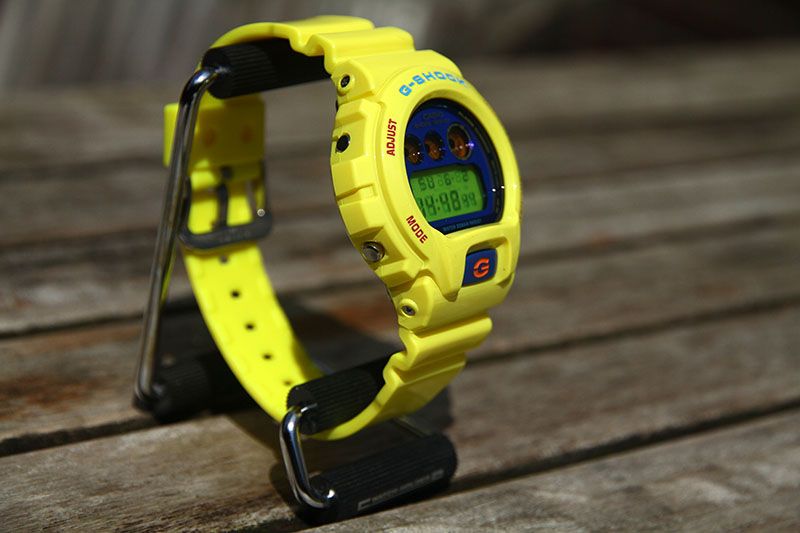

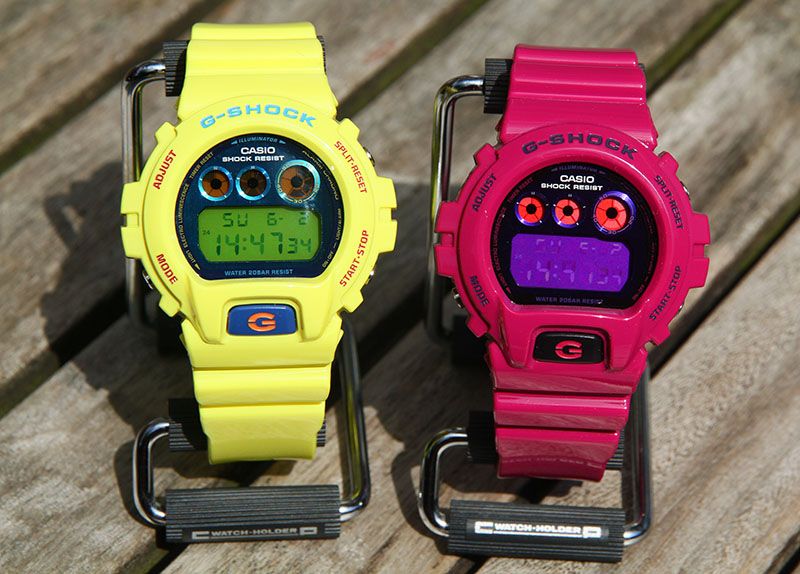
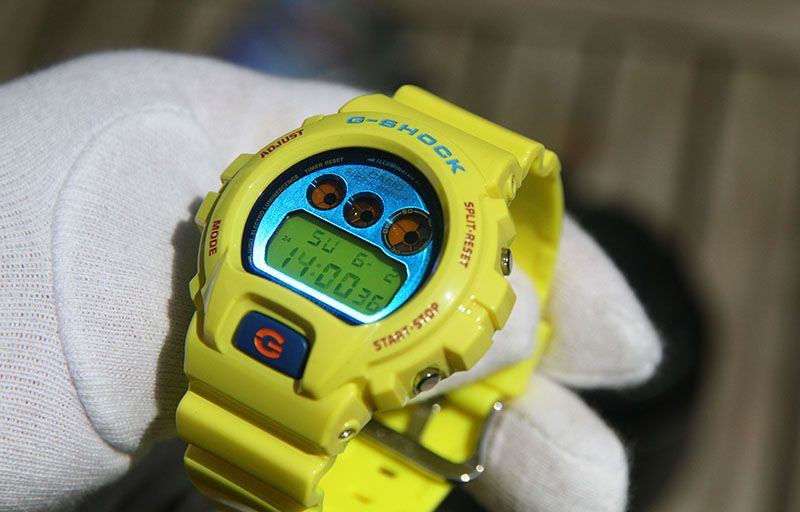
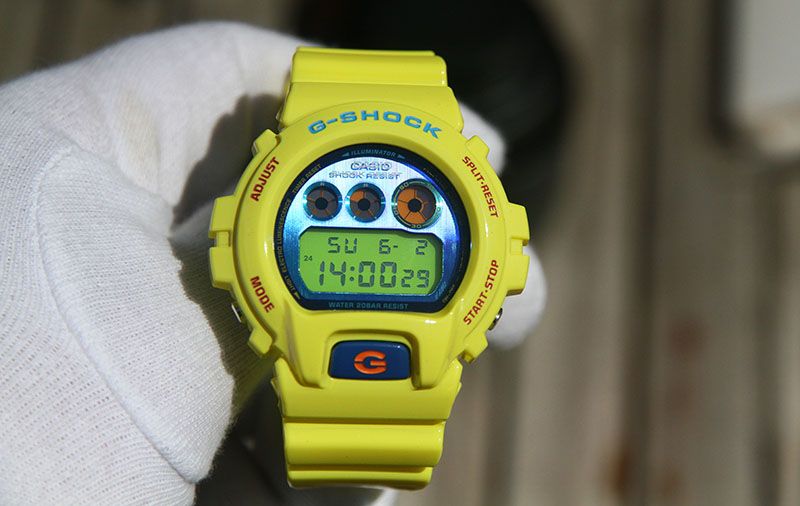
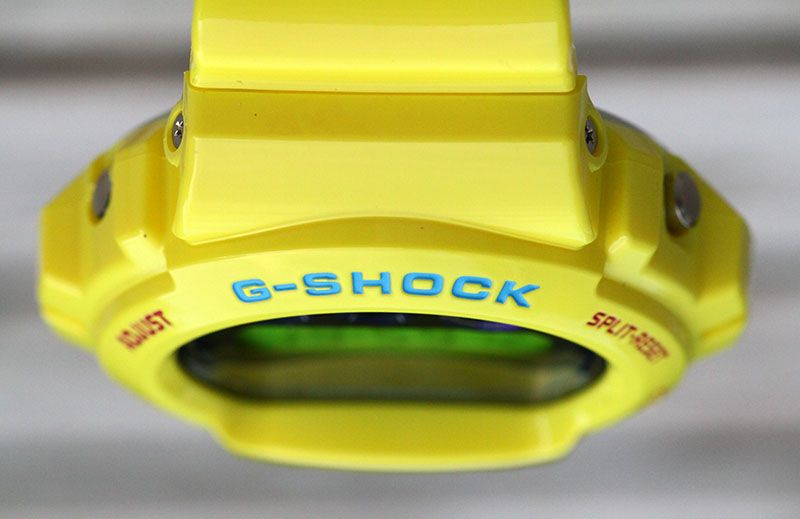
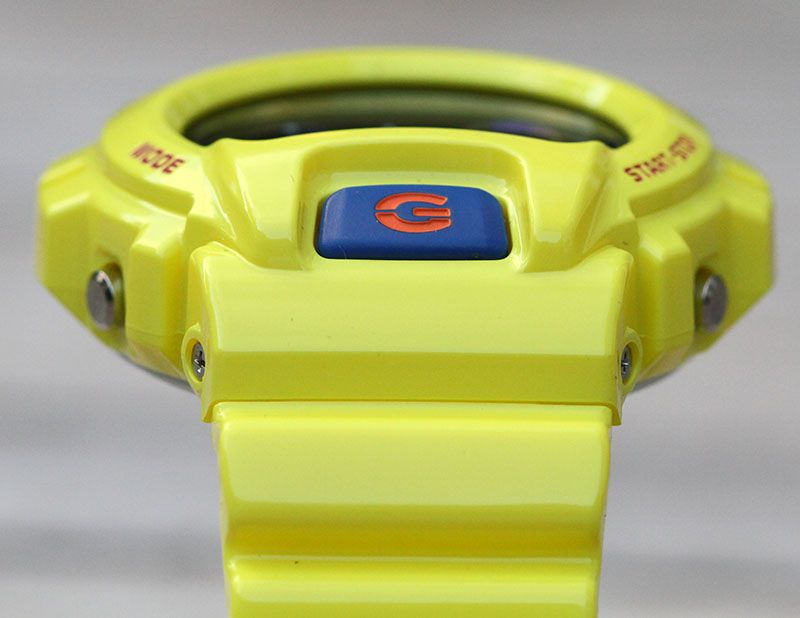


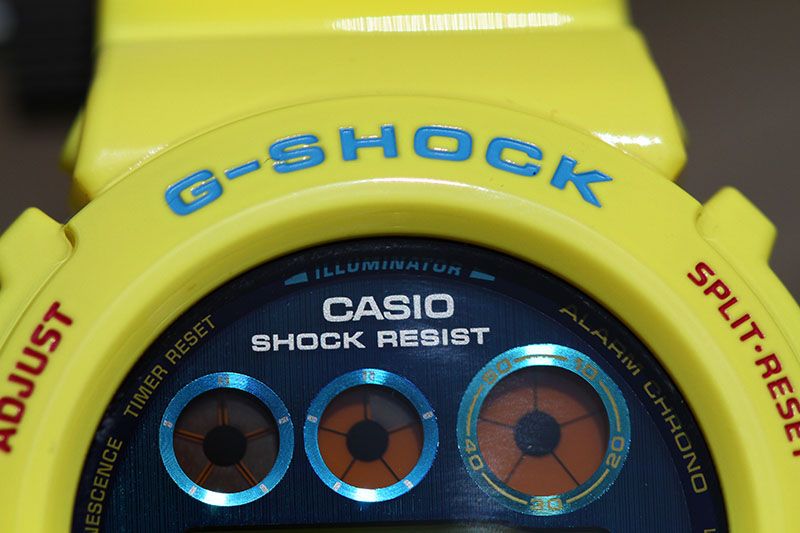
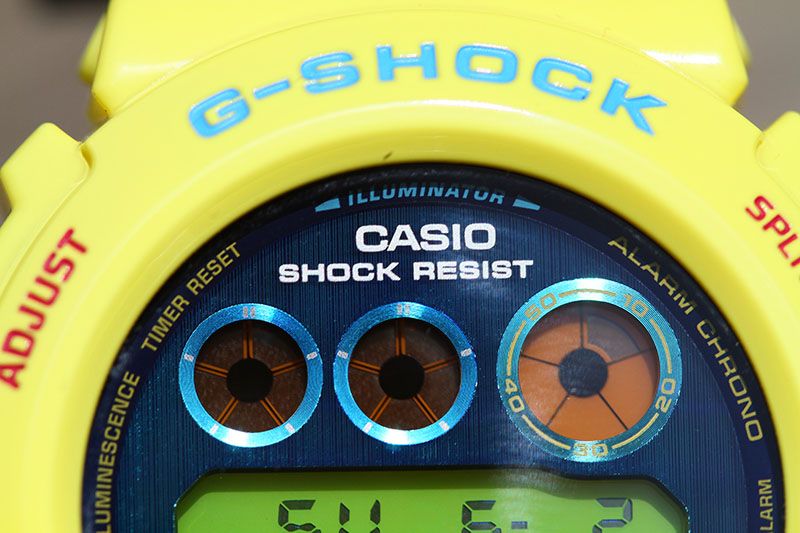
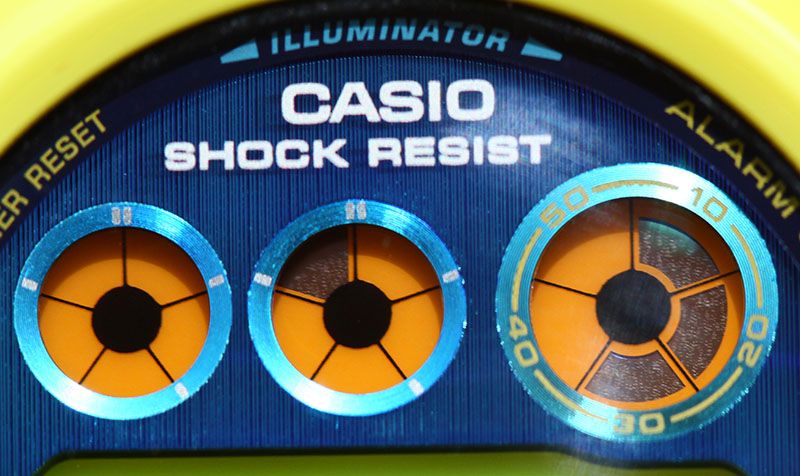
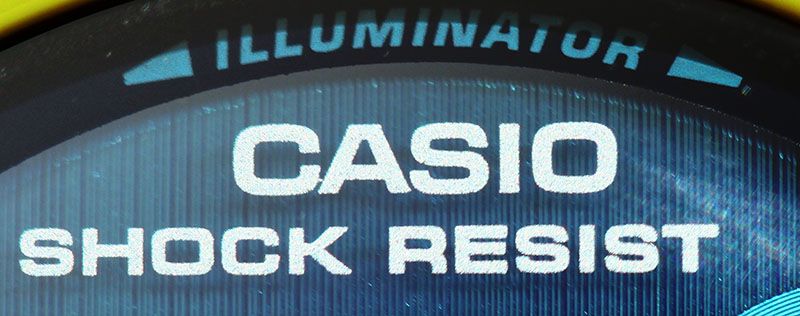

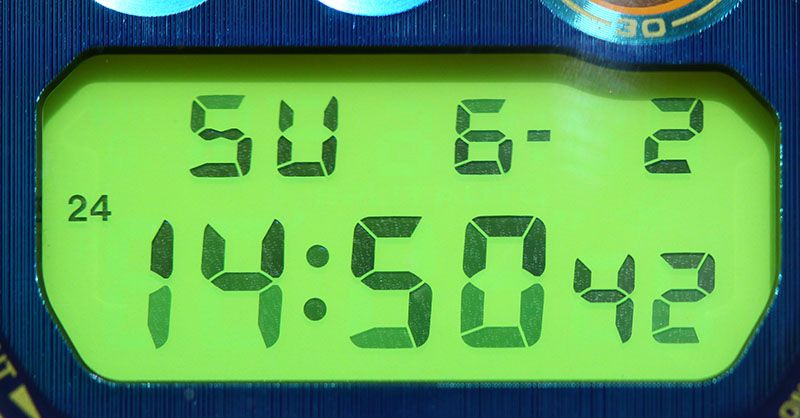
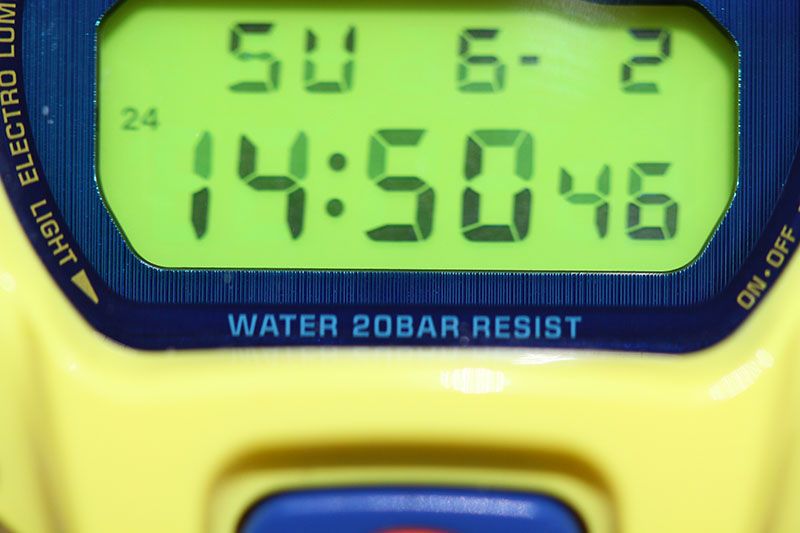
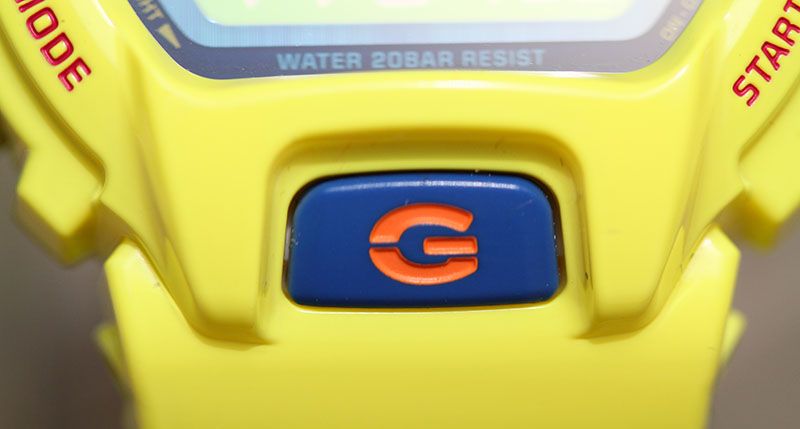

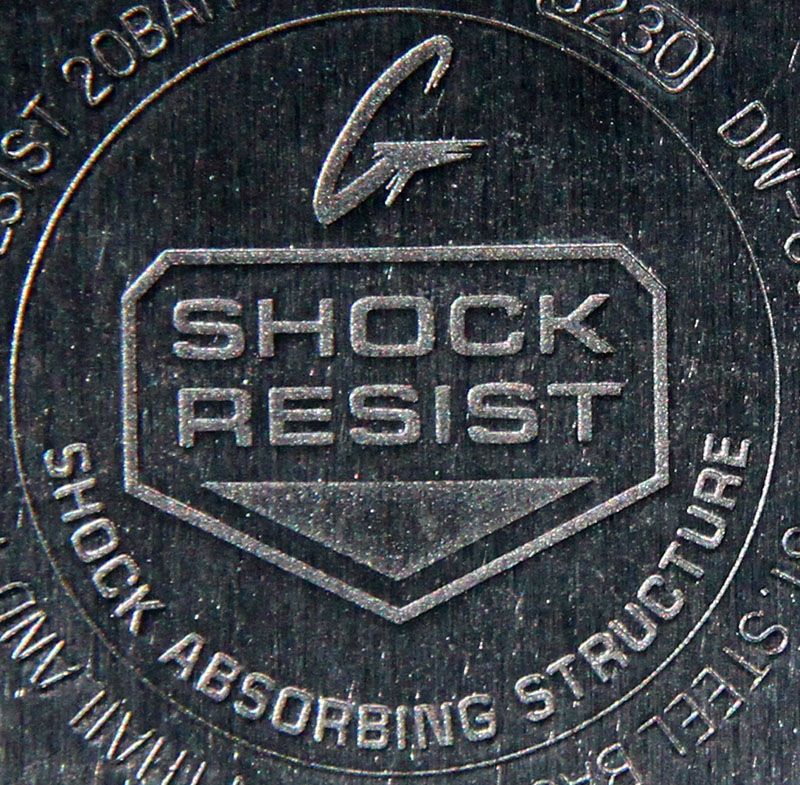

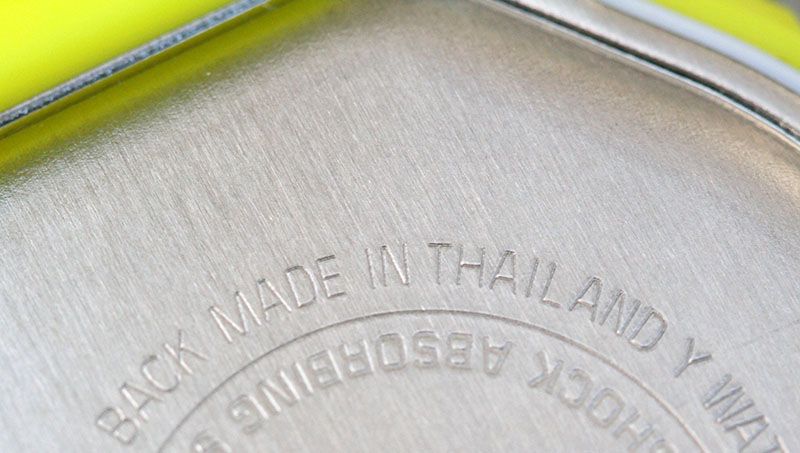
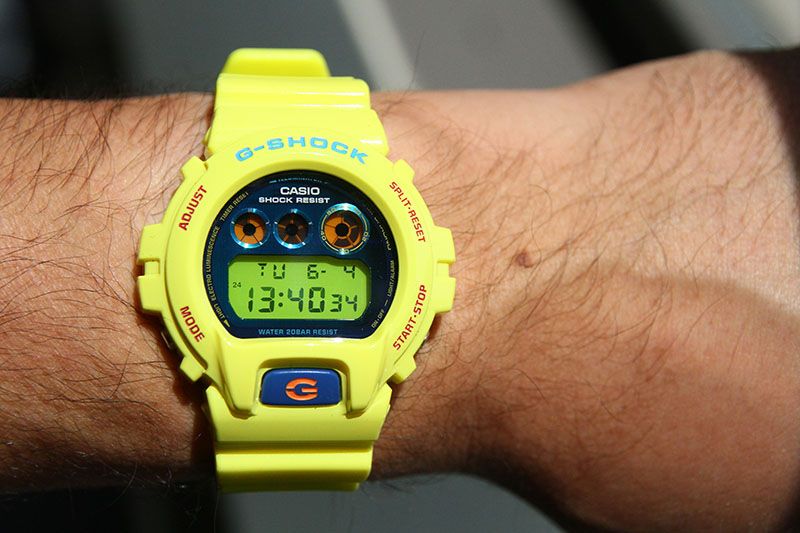

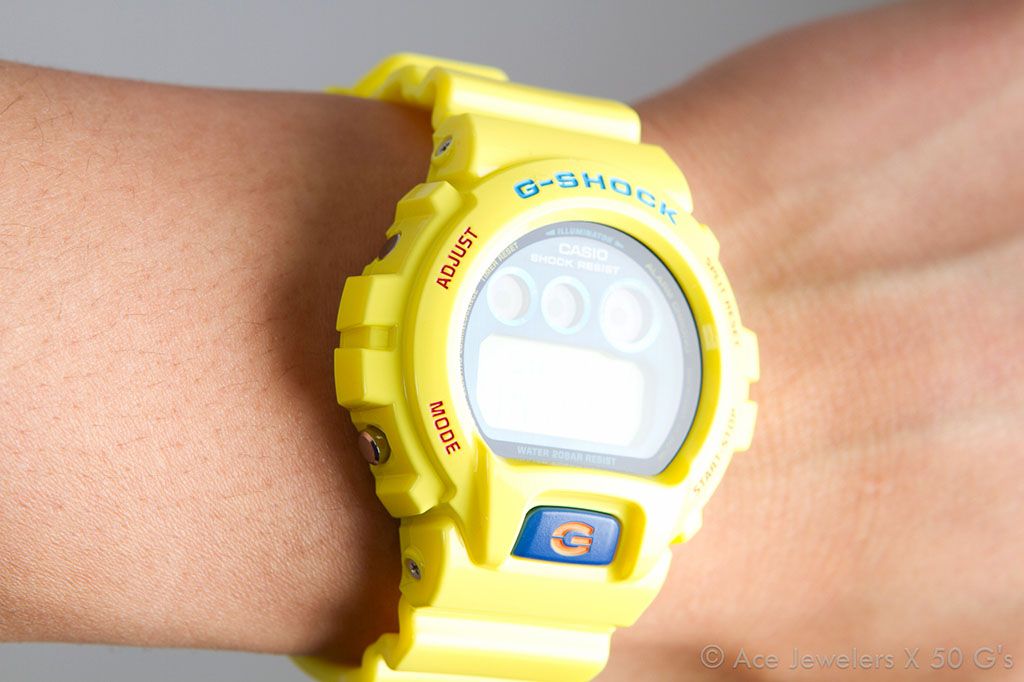
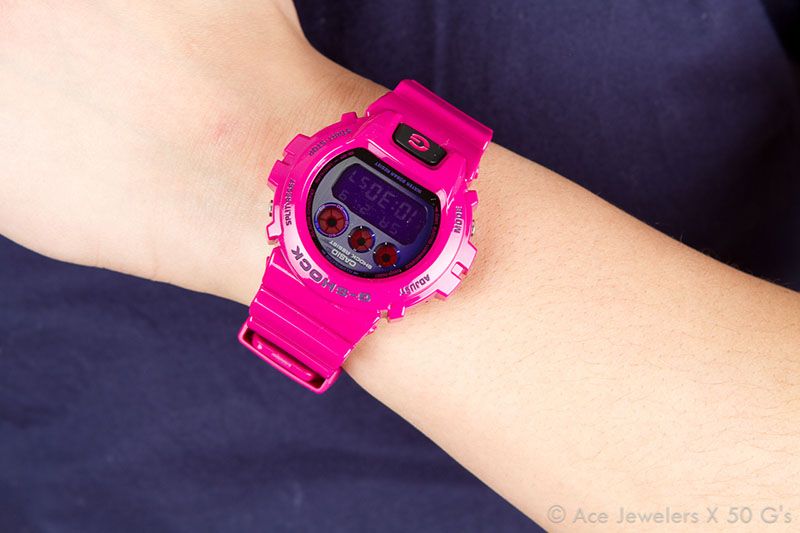
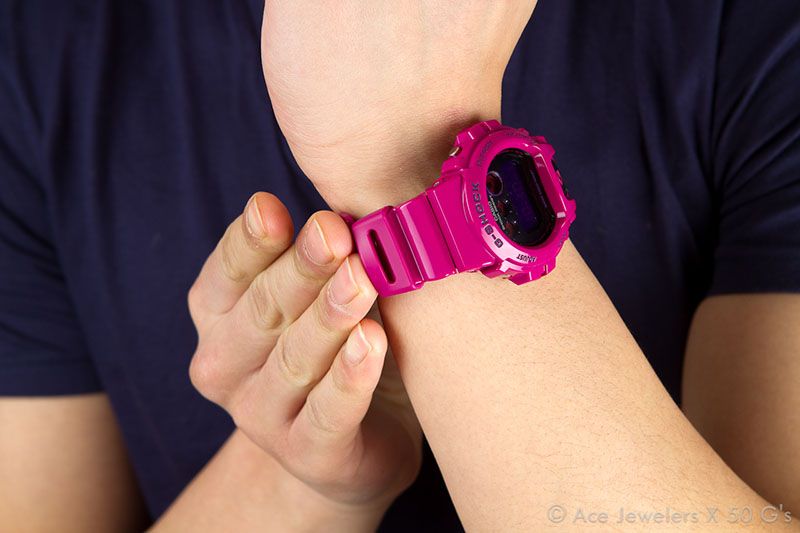
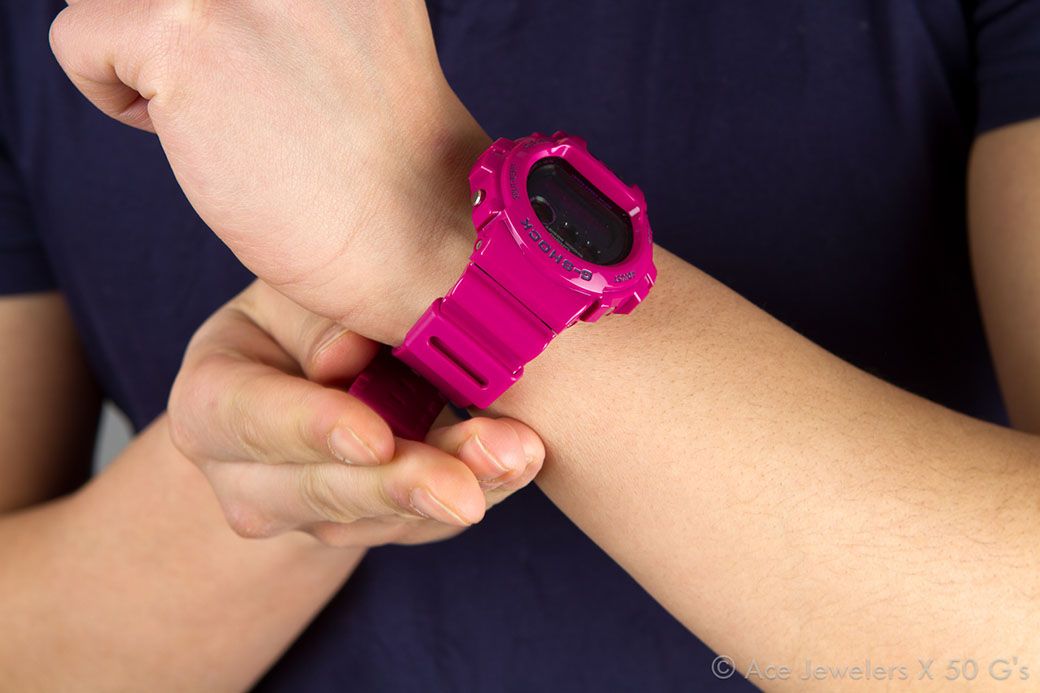
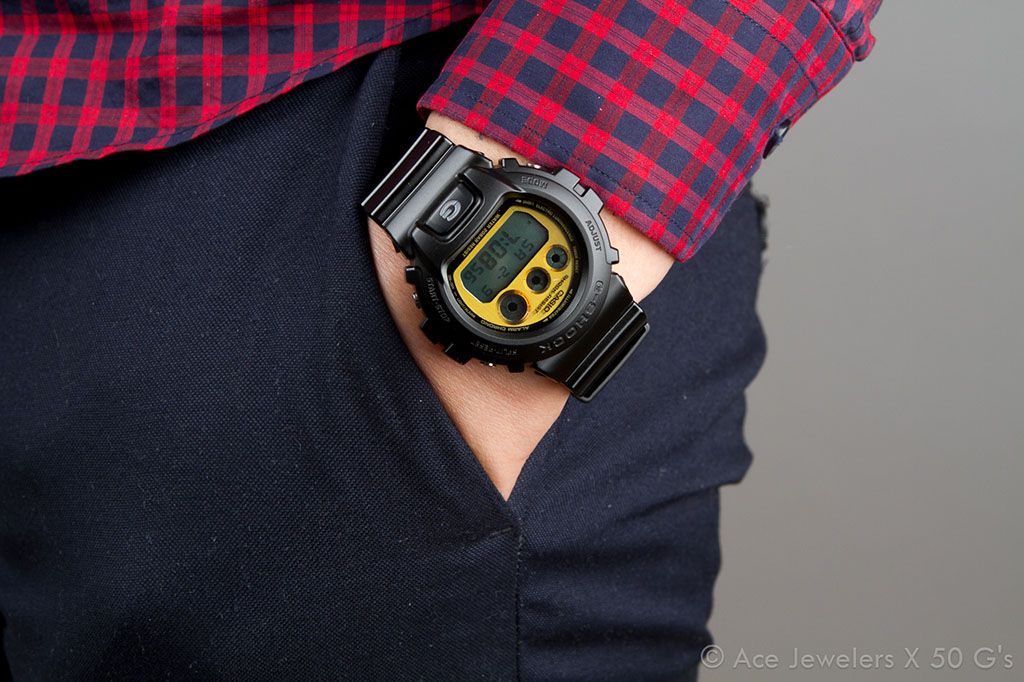
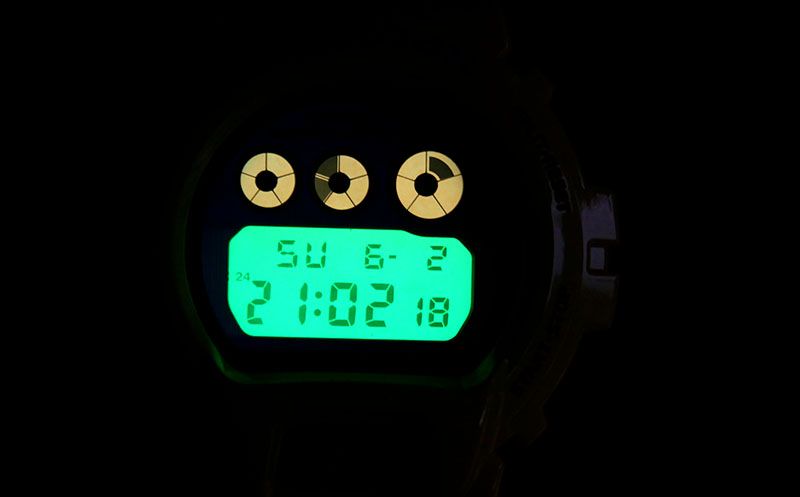

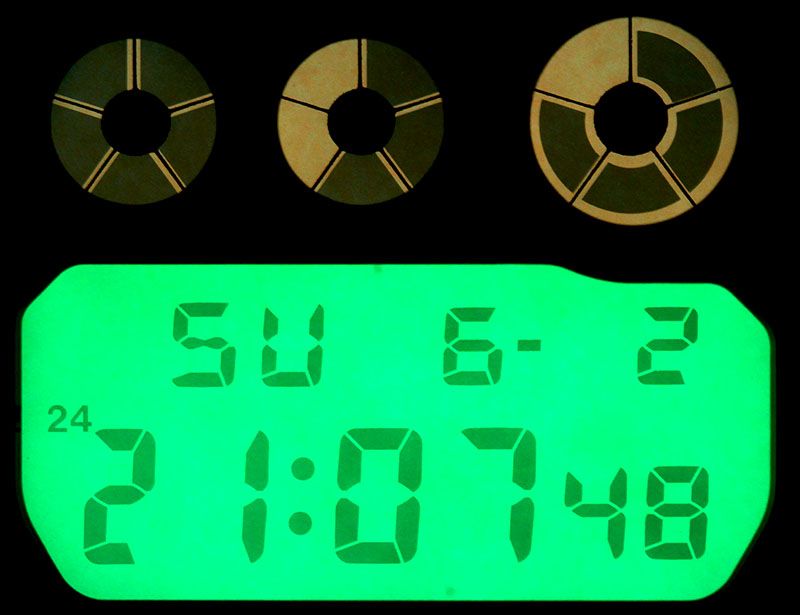

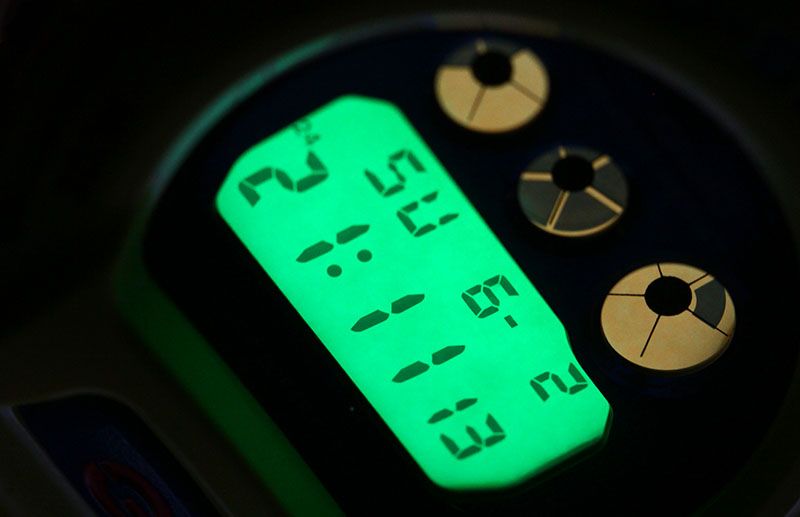

2 comments:
Nice article Sjors! I was unaware that you got these, so this was surprise!
My faves in this series are the black/gold one and the Pink/Purple one. The yellow is very nice too but I already have the LRG 6900 and the Hypercolor GA-110A-9 in that exact same color so I am mostly interested in that Fuschia Purple one. But I am probably not getting any of them for this summer as I have invested too much money in other pieces. I am currently lusting over the red/blue series and the brown gold GA-110BR, but also the orange GA-150A-4 from last year that I missed to my absence in the G world at that time(Sjors do you own the GA-150A-4?)
But I am also contemplating getting the Suunto Ambit 2 Sapphire(very pricy). If I get that one then the G's have to suffer for a while. Its hard to make up my mind, but I have to decide in a couple of days as I want to use it on my vacation that starts on Friday the 21Th.
Sincerely Joakim Ågren!
I forgot to mention that I also have started to buy a large proportion of my G's in EU. The price difference is not that great anymore as it used to. So to avoid the customs hassle I just buy from within EU, mostly from Germany but also the UK and Spain. It has also recently started to become interesting once again to shop from Japan as the Yen is now weaker against the Swedish crown and USD.
Btw Sjors do you have any special plans for the evening of June 11Th in Amsterdam? lol :)=)
Post a Comment